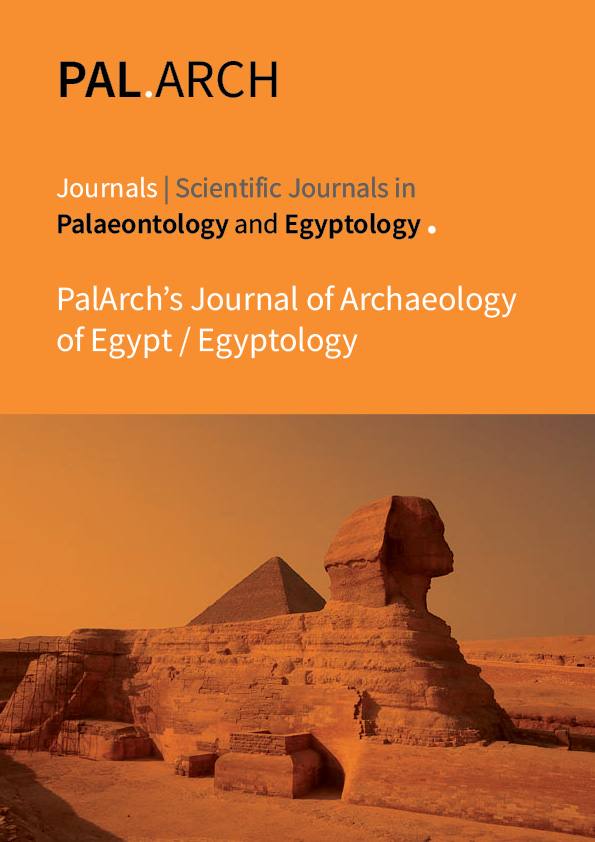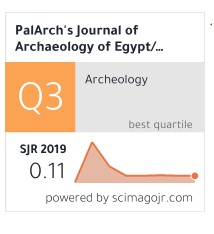THE GOTHIC-HER STORY: EXPLICATING THE SILENT GROTESQUE FEMALE IN THE MAGICAL SPACE OF MYTHOLOGICAL WORLD IN THE LIVING AND THE DEAD BY RABINDRANATH TAGORE
Abstract
This study investigates the portrayal of the silent grotesque female in the magical space of the mythological world, focusing on the character of Kadambini in Rabindranath Tagore’s The Living and the Dead (1991). The study aims to investigate the impact of the mythological world on the life of the protagonist and the ways that enable her to understand the power of mythological implications and their impact on the lives of people. Through her experiences, Kadambini realizes the pervasiveness of internalized horrific patterns due to stereotypical mythological implications and the importance of the Gothic her-story. By situating the Gothic-her story in the magical space of the mythological world, this research exposes the constraints that the protagonist in The Living and the Dead faces due to the inherent societal rules and the significance of highlighting the voice of the silent grotesque female as its embodiment. This study contributes to the growing body of scholarship to the Gothic her-story and its relationship to the magical world genre. Kadambini’s residual in dual worlds, human and ghost, brings her the understanding that mythological implications are more powerful due to the internalized horrific patterns in the lives of the people. As a result, Kadambini has to die to prove that she was misperceived as a ghost while being alive. The research proves that the abstract version of Gothic horror with a blending of magical realism brings forth the stereotypical belief system where reality appears as blurred and fizzy. Kadambini had to follow the inclusive traditional patterns instead of a realistic stance. The study illuminates the pervasive nature of magical space in the form of societal norms with the influence of Gothic horror and the potential of literature to challenge them.



